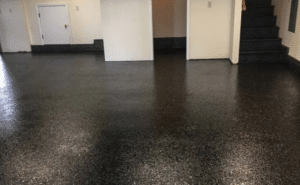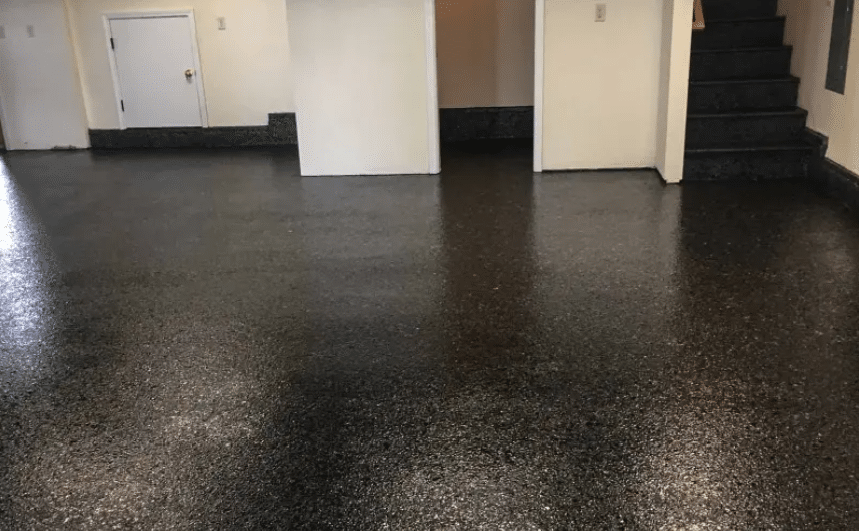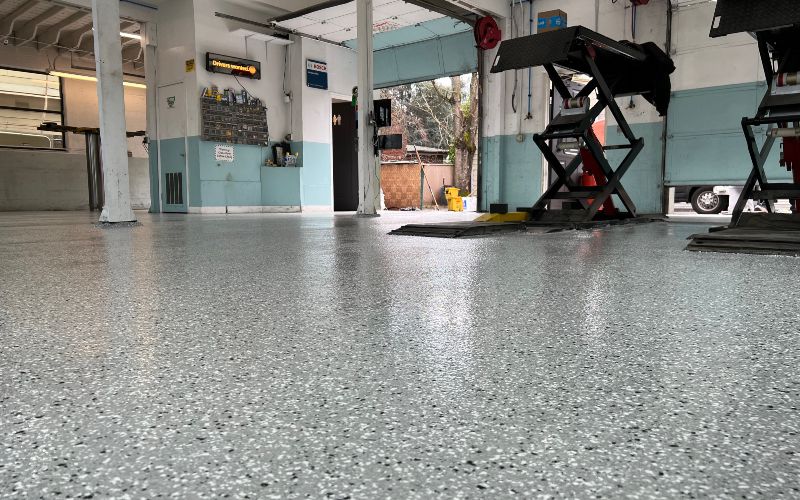Navigating the World of Floor Coatings: Where Does Polyaspartic Floor Coatings Stand
Step into the realm of architectural and industrial floor finishes where polyaspartic coatings reign supreme. Unveil the secrets behind this rising star in the flooring world that adorns everything from vast warehouses to cozy homes. Ditch traditional options like epoxy and urethane as we delve into what makes polyaspartic coatings a standout choice. Explore its unique properties, benefits, and potential to revolutionize the industry. Join us in “Navigating the World of Floor Coatings: Where Does Polyaspartic Floor Coating Stand?” for an in-depth journey into this game-changing solution that illuminates new possibilities for builders, designers, and homeowners alike.
The Evolution of Floor Coatings
The story of floor coatings spans from basic natural materials to advanced chemical wonders. Starting with organic oils and waxes, the journey progressed to robust varnishes and lacquers. The demand for stronger solutions during industrialization led to epoxy resins emerging in the mid-20th century, setting new durability standards. A pivotal moment arrived with polyaspartic coatings, offering rapid curing times and enhanced performance qualities—a revolutionary shift towards efficiency and durability in the industry.

Understanding Polyaspartic Coatings
Polyaspartic coatings represent a category on the cutting edge of surface technology, possessing characteristics that set them apart from their predecessors. Originating from aliphatic polyurea, polyaspartics are hailed for their quick curing times, often setting in mere hours compared to the days required for more traditional substances like epoxy. From a practical standpoint, their rapid cure rate translates to less downtime for businesses and quicker project turnovers for contractors. Aside from their speed, polyaspartic coatings boast impressive resistance to stains, UV rays, and chemicals, ensuring that floors not only shine in the aesthetic sense but also stand the test of time under harsh conditions. With a versatility that allows for application in a range of temperatures and environments, polyaspartic coatings are swiftly emerging as the go-to choice for both protective and decorative flooring needs.
Key Advantages of Polyaspartic Coatings
Polyaspartic coatings come with a suite of advantages that cater to the evolving needs of the flooring industry. The fast curing property not only allows rapid completion of projects but also minimizes the window of potential dust and debris contamination. This aspect is a boon for commercial spaces where time equates to revenue. The superior durability ensures long-term protection against scratches, impacts, and heavy foot traffic, which is particularly beneficial in industrial environments. Furthermore, polyaspartic coatings exhibit exceptional chemical and stain resistance, preventing damage from oil, gasoline, and other harsh substances. Their ability to resist yellowing from UV exposure keeps floors looking pristine and vibrant for years to come. Finally, polyaspartic coatings are celebrated for their low VOC (Volatile Organic Compound) emissions, making them a safer and more environmentally friendly option over traditional coatings. These key advantages make polyaspartic coatings a compelling choice for consumers prioritizing speed, resilience, and sustainability in their flooring solutions.
Practical Applications of Polyaspartic Coatings
Polyaspartic coatings have garnered widespread admiration across various sectors, thanks to their remarkable versatility and robust characteristics. In the realm of residential flooring, homeowners value polyaspartic for its rapid installation and long-lasting finish that can elevate the aesthetic of garages and basements. Commercial facilities, such as hospitals and retail stores, capitalize on the hygienic and easy-to-clean surface, creating a safe and appealing environment for patrons. Industrial applications are equally notable, with warehouses and manufacturing plants leveraging the coating’s resistance to heavy machinery and intense wear and tear. Its ability to withstand extreme temperatures also makes it a preferred choice for both indoor and outdoor applications, ranging from bridge decks to aircraft hangars. The vast potential of polyaspartic coatings continues to be explored and realized in numerous practical applications where durability, efficiency, and aesthetic quality are top priorities.
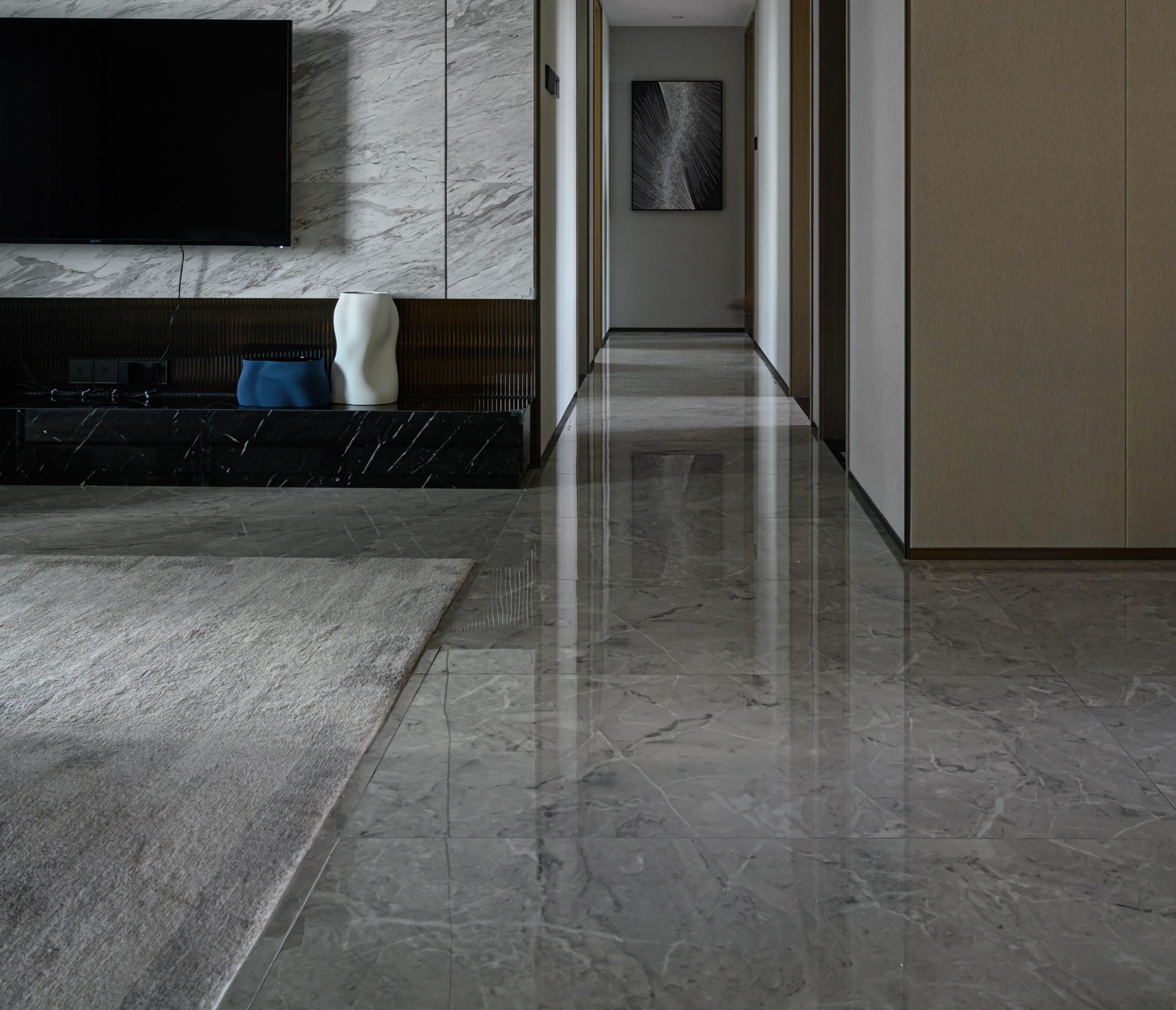
Installation Considerations and Best Practices
When it comes to the installation of polyaspartic coatings, several critical considerations ensure the best performance and longevity of the floor finish. Proper surface preparation is paramount; substrates must be clean, dry, and free of any contaminants or existing coatings. Mechanical grinding or shot blasting is commonly employed to achieve the ideal profile for adhesion. Environmental conditions should also be assessed: humidity and temperature can significantly affect the application and curing process. Professional application is recommended, as the rapid curing nature of polyaspartic coatings leaves little room for error and demands a skilled hand for even and consistent coverage. Last but not least, understanding the specific manufacturer’s guidelines for mixture ratios and cure times is essential for optimal results. By adhering to these best practices, the full benefits of polyaspartic coatings can be realized, culminating in a superior, high-performance floor coating.
Polyaspartic Coatings: The Environmental Perspective
The environmental impact of floor coatings has become an increasingly important factor for industry professionals and consumers alike. Polyaspartic coatings address these environmental concerns head-on. Due to their low VOC content, they release fewer airborne pollutants, contributing to better indoor air quality and less harm to the ozone layer. This eco-friendliness is enhanced by their longevity; the need for less frequent replacements translates to reduced waste and resource consumption. Additionally, their high performance despite thinner application layers means less material is used compared to alternatives. As such, polyaspartic coatings are not only advancing the efficiency and aesthetics in the flooring industry but are also stepping forward as a responsible choice for sustainability-minded professionals and clientele. Their alignment with green building standards underscores a commitment to environmental stewardship while setting the stage for innovative, eco-centric developments in the future of architectural finishes.
Choosing the Right Floor Coating for Your Needs
Selecting the correct floor coating requires a careful assessment of the specific demands and conditions of the intended application. Prioritize a coating that aligns with the functional requirements of the space, whether it be resistance to heavy loads, exposure to chemicals, or high foot traffic. For environments subject to stringent hygiene standards, such as healthcare or food production facilities, opt for coatings that offer easy cleaning and disinfection. Aesthetics also play a crucial role, so consider the desired finish—whether glossy, matte or with decorative flakes. When weighing options, keep in mind the installation time and conditions, particularly in spaces that cannot afford long periods of inactivity. Moreover, factor in the long-term maintenance costs and the environmental impact of the coating. Polyaspartic coatings often stand out in these deliberations due to their balance of durability, efficiency, and sustainability—an all-around solution for many contemporary flooring needs.
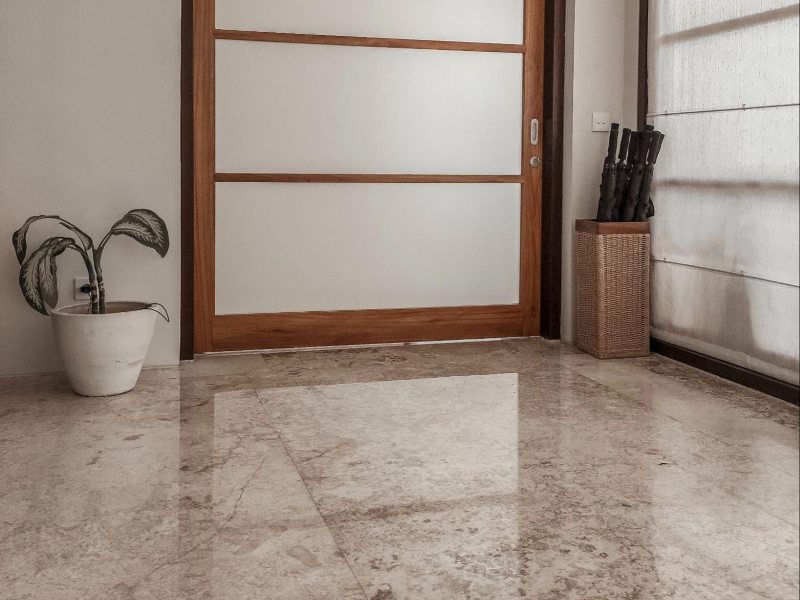
In sum, polyaspartic coatings represent a leap forward in floor finishing technology, offering a fusion of speed, resilience, and environmental consciousness. Their rapid curing times, robustness against physical and chemical stresses, and low VOC emissions underscore their appeal in a society that values both efficiency and ecological sensitivity. From enhancing personal garage floors to fortifying industrial spaces, polyaspartic coatings are a versatile solution designed to meet the multifaceted needs of modern flooring. As we continue to embrace sustainable practices and high-performance materials, polyaspartic coatings stand as a testament to the innovative progress in the coatings industry, promising to deliver reliable and aesthetically pleasing surfaces for years to come.
https://www.google.com/maps?cid=2589512530409833629



